












Almost all electronics components either generate, store, control or switch electricity in some way. A circuit is made of various components that act
together to produce a desired effect.
The first REALLY big thing we need to learn is that there are two types of current: DC, which stands for Direct Current and AC, which stands for
Alternating Current.
DC is what you get from a battery and flows in only one direction. AC on the other hand is alternating current, alternating because it changes direction
a number of times per second, which is specified as frequency.
The AC we get from the Eskom has a frequency of 50 Hertz . We will not go into details of the intricacies of AC and DC, just know that most electronics
that we work with use DC voltage. Some may use AC as power that will in turn be made in to DC power, such as a power supply.
Electrical power is what drives a motor or produces sound through speakers or provides light through a light bulb. The current alone cannot produce
energy as the current is the movement of electrons and when the voltage is absent (V=0) current is static (in fact it does not exist). On the other hand
voltage alone without current is static and cannot be beneficial for driving electrical appliances, actually a million volts static voltage won't harm you.
Hence power is directly proportional to both current (I) and voltage (V) of a circuit. It is inversely proportional to the impedance (resistance) (R) of the
circuit. For DC circuits, power can be calculated as follows:
P = V x I P = V²/R P = I² x R
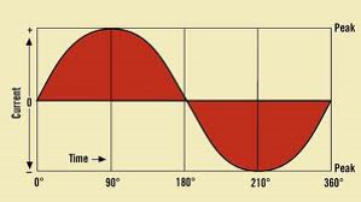
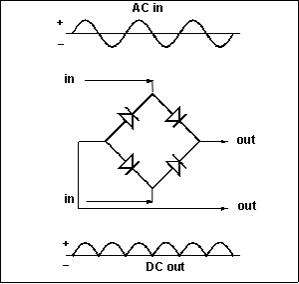
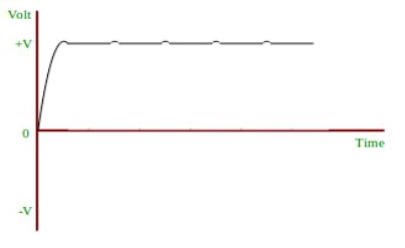
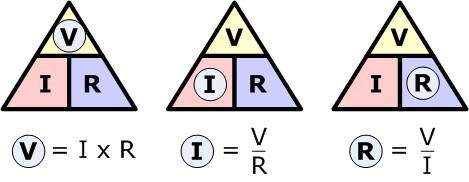
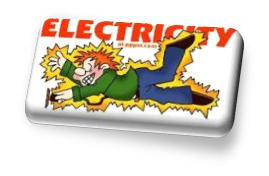
Voltage is measured in Volts
The electrical unit abbreviation is V
And the symbol is V or E
AC Wave Form
DC Wave Form







